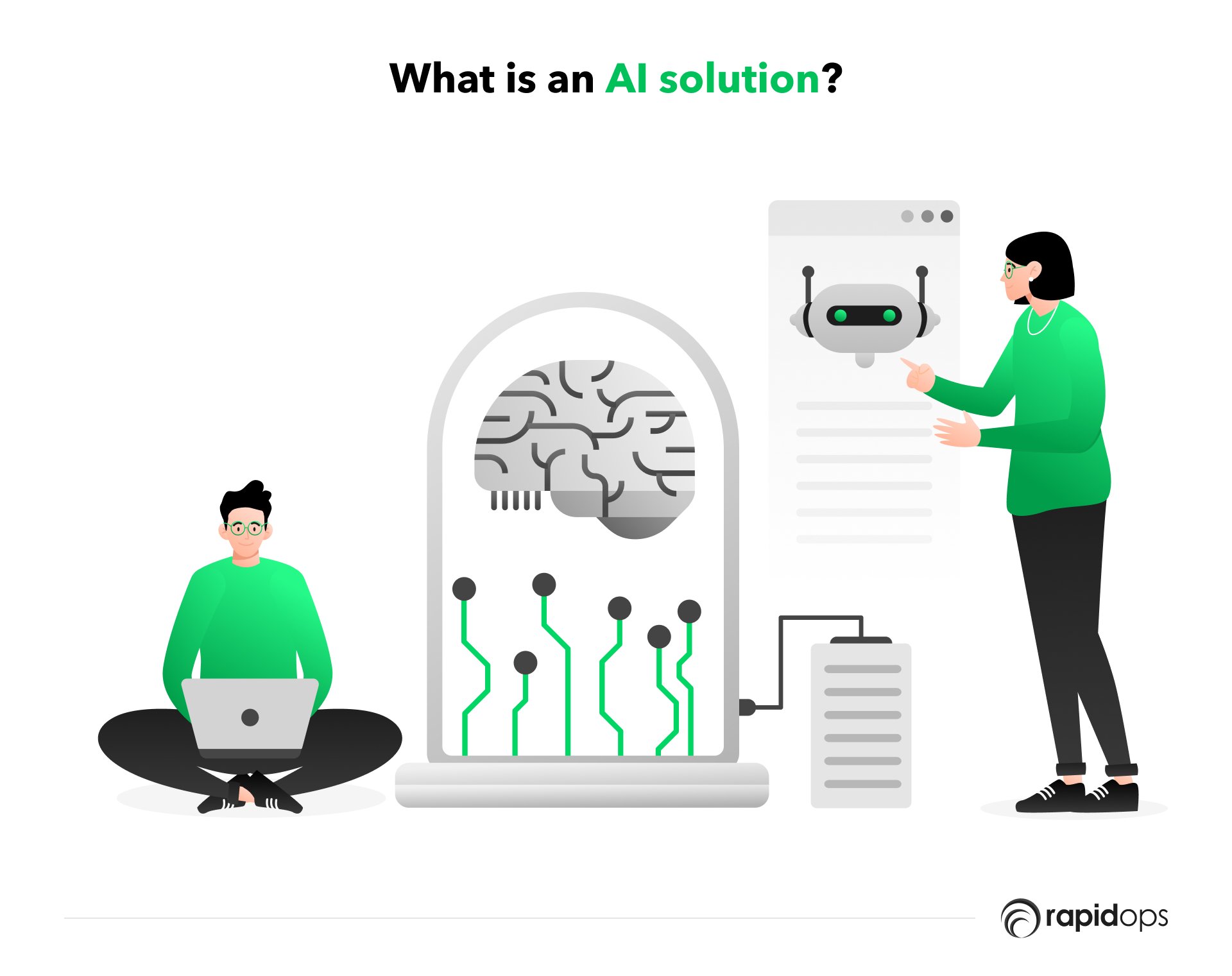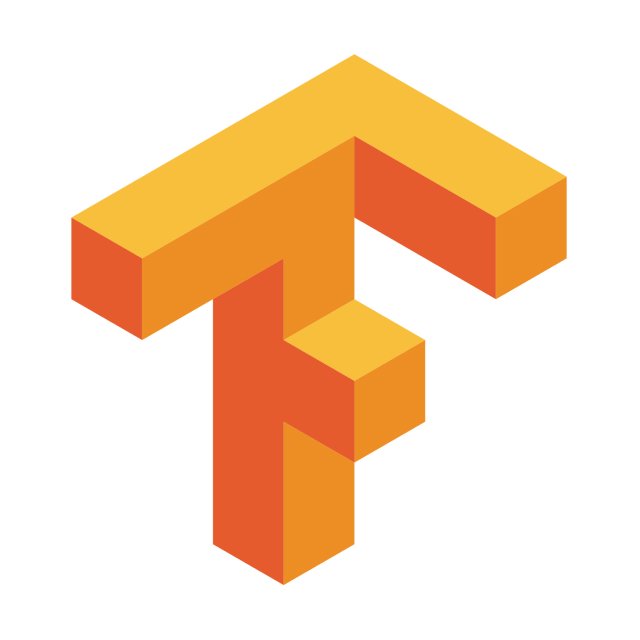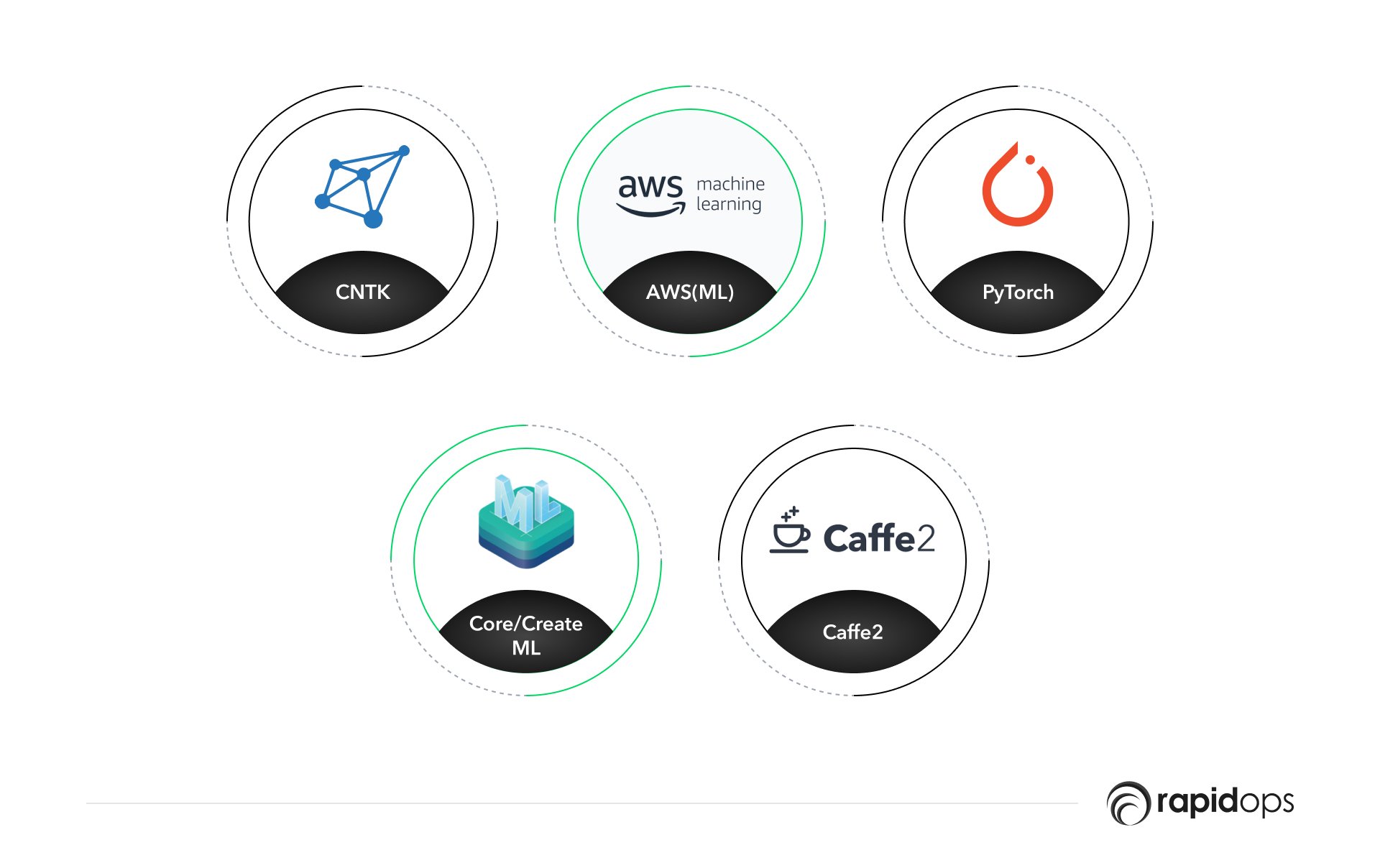Step into the realm of the future as we navigate the rapidly evolving landscape of artificial intelligence (AI). Over recent years, the expansion of our technological lexicon reflects the leaps and bounds made in the field, incorporating new terms like AI, machine learning, and deep learning.
Powered by significant advancements in processing power and the democratization of cloud computing, AI systems have proliferated and progressed, becoming an integral part of our digital age.
As a testament to the escalating interest and reliance on these technologies, the market for creative, generative AI tools is not only thriving but is set to soar to greater heights in the upcoming years.
The capabilities of these AI systems are nothing short of astounding, autonomously producing academic papers, triumphing in art competitions, and more. Thus piquing the interest of various businesses keen to harness AI's potential for their growth.
Although the idea of constructing an AI might initially appear daunting, this is far from an insurmountable challenge.
With an array of intuitive commercial and open-source tools at our disposal, the process has been significantly streamlined and democratized.
Armed with the right mindset, clear guidelines, and a well-structured plan, building an AI can be a more attainable goal than you may initially presume.
Reflecting on the advent of digital computers in the 1940s, it's fascinating to realize that we've long acknowledged their prowess in performing complex tasks such as proving mathematical theorems and playing strategic games like chess.
Yet, the true allure of AI resides in its ability to mirror and sometimes surpass human capabilities. If you are intrigued by the prospect of developing your AI solution, you've arrived at the perfect destination.
This guide is designed to demystify the basics of AI, explore its applications, and outline the 9 crucial steps for your AI journey. So, let us usher you into your adventure of constructing intelligent and efficient AI solutions.
What is an artificial intelligence (AI) solution?

An artificial intelligence (AI) solution refers to a system, application, or tool that utilizes AI technologies to solve complex tasks that would normally require human intelligence.
These tasks can include decision-making, speech recognition, visual perception, language translation, and more.
AI solutions can automate repetitive tasks, extract insights from large volumes of data, provide personalized recommendations, predict outcomes, or even interact with humans in a natural, conversational manner.
Intriguing statistics and insights into the realm of artificial intelligence
Diving into the fascinating world of artificial intelligence (AI), an array of statistics and projections paint a picture of growth and pervasive integration.
- As reported by Statista, the global AI software market is anticipated to surge to an astounding $126 billion by 2025, underscoring the expanding footprint and influence of AI technologies across diverse sectors.
- Garnering insights from Gartner, we find that 37% of organizations worldwide have integrated AI into their operations in one form or another. This percentage is not static but has seen a monumental 270% increase over the past four years, an undeniable testament to AI's growing appeal and adoption.
- Looking at the future of customer interaction, Servion Global Solutions predicts a major AI-powered shift on the horizon. By 2025, an overwhelming 95% of customer interactions are projected to be facilitated by AI, reshaping the landscape of customer service and experience.
- Furthermore, in a 2020 report, Statista reveals that the global AI software market is set on a high-growth trajectory, with an expected year-on-year expansion of about 54%.
- This phenomenal growth rate is projected to push the market to a value of USD 22.6 billion, further emphasizing AI's burgeoning significance and financial impact in the contemporary tech-driven era.
What is required to build an AI system?
Constructing an AI system involves a blend of sophisticated technologies, skilled experts, and substantial data sets.
It requires understanding the problem at hand, choosing the right algorithms, training the model, and continually refining it to ensure it delivers the desired outcomes.
The process is highly technical and involves programming languages, AI platforms, and libraries, among other elements. This section will explore the essential components and steps in building an efficient AI system.

1. Define a Goal
In this critical first step, you'll need to identify what you want your AI solution to accomplish. This goal should be specific, measurable, attainable, relevant, and time-bound (SMART).
By clearly defining success, you'll provide your team with a target to aim for and a metric to measure their progress.
2. Design the Solution
This involves laying out the strategy and plan for your AI solution. You'll decide on the AI methodologies to use, how the AI solution will fit into your current operations, and how it will interact with users or other systems.
It's essential to outline a detailed roadmap, highlighting every aspect from data preparation to deployment.
3. Gather and clean the data
AI models learn and make predictions based on the data they are trained on. Gathering high-quality, relevant data is crucial.
This data may come from numerous sources and could be unstructured, requiring you to clean and organize it before use. Data cleaning can involve removing duplicates, handling missing values, and dealing with outliers.
4. Select suitable tools
The next step involves choosing the programming languages, libraries, and frameworks you'll use to build your AI solution.
Popular languages for AI include Python and R, while common libraries and frameworks include Scikit, TensorFlow, and PyTorch.
The tools you select should align with your team's skills and the requirements of your AI solution.
5. Create the algorithm
Algorithms are the backbone of AI, dictating how it learns and makes decisions.
Depending on your goal and the nature of your data, you might choose a supervised, unsupervised, or reinforcement learning algorithm. You then create a model using this algorithm.
6. Train the algorithm
The model learns by training on your prepared data. The algorithm adjusts its internal parameters during training to better predict the desired outcome. It's like a student studying for a test:
The more quality data (study material) it has, the better it performs.
7. Evaluate the model
After training, you need to assess how well your model is performing. This involves testing the model on new data that it hasn't seen before.
Common evaluation metrics include accuracy, precision, recall, and F1 score. If the model's performance isn't satisfactory, you might need to return to previous steps for improvements.
8. Deploy the final product
Once satisfied with your model's performance, you'll deploy it to a production environment where it can start providing value.
Depending on your needs, the deployment could be on a cloud platform (like AWS, Azure, or Google Cloud) or on-premise.
9. Monitor and improve
AI solutions aren't "set and forget." They require ongoing monitoring to ensure they continue to perform as expected. By monitoring your model's performance and gathering user feedback, you can identify areas for improvement.
You may need to retrain your model on new data or adjust its parameters over time to maintain its accuracy and usefulness.
Leveraging the power of AI in business operations and beyond
Artificial Intelligence (AI) has revolutionized how businesses operate by offering innovative solutions to complex problems.
AI has a wide array of applications, from speech recognition and customer service to data trend discovery and fraud prevention.
It streamlines processes, improves decision-making, and can significantly improve efficiency and productivity. This section will delve into various practical applications of AI in business operations and beyond.

1. Voice recognition
Voice recognition, also known as computer speech recognition or automatic speech recognition (ASR), employs Natural Language Processing (NLP) to transcribe spoken language into text.
A prominent application of this technology is Apple's Siri, which utilizes voice recognition to execute voice-activated searches.
2. Customer service
By 2025, it's anticipated that 95% of all customer interactions will be powered by artificial intelligence.
Businesses increasingly favor online virtual assistants over human representatives for their customer service needs, streamlining processes, and improving efficiency.
3. Image recognition
AI technology extracts valuable data from digital images, videos, and other visual inputs, a process known as computer vision. This technology can be seen in action in areas like photo tagging on social media platforms.
4. Data trend identification
AI algorithms can identify patterns in customers' behavior, providing businesses with the information they need to develop effective cross-selling strategies.
This intelligence allows companies to provide relevant add-on recommendations during checkout, an application with particularly useful predictive analytics software.
5. Fraud and risk detection
While dealing with complex calculations, data storage needs, and system integration challenges can be overwhelming, incorporating Artificial Intelligence (AI) into your business infrastructure can help you surmount these hurdles.
AI software is designed to make real-time decisions based on your data. For instance, the software can generate risk assessment models for fraud detection, targeted advertising, and product recommendations.
One of the key issues AI addresses is the detection and prevention of payment and sensitive information fraud, making it an invaluable tool for businesses.
6. Automated stock trading
AI-powered high-frequency trading platforms can execute thousands or, in some instances, millions of trades each day.
As of 2020, half of the stock market trades in America were automated. According to Allied Market Research, the global algorithmic market size is expected to reach $35 billion by 2031, indicating the growing reliance on AI in this sector.
Want to keep up with the latest
AI advancements? Check out our up-to-date AI Tracker.
Explore NowEnhancing AI application development with the right tech stack
When it comes to the development of AI-based applications, there's no one-size-fits-all tech stack that caters to every requirement. Each project calls for a unique blend of technologies based on specific requirements, desired features, and recommended development practices.
Programming Languages, AI Platforms, and Libraries
For building AI applications, languages like Python, Java, and C++ are often the first choices. Developers may also use C#, R, Lisp, or Prolog in certain scenarios.
In order to optimize development costs, our software engineers harness the capabilities of third-party AI and Machine Learning (ML) platforms. Some of the most widely used include:
1. Google TensorFlow

This data science platform facilitates numerical computation through dataflow graphs, offering a path to take AI-based projects from idea to launch. TensorFlow's functional, portable, and flexible architecture allows computations to be deployed across multiple CPUs and GPUs via a common API.
2. Microsoft Azure

With a wide array of algorithms, advanced analytical mechanisms, and comprehensive multilingual documentation, Azure's AI/ML capabilities span predictive modeling, recommendation systems, natural language processing, pattern recognition, and more.
3. Amazon AWS

Amazon's platform enables creating, training, and deploying models and intelligent applications of varying complexity. AWS' ML technology is simple, scalable, and flexible, finding favor with scientists from the Amazon community.
Other reliable AI platforms include IBM Watson, Oracle AI Cloud Services, Mendix Low Code Platform, H2O, and Wit.ai.
Frameworks and Application Programming Interfaces (APIs)
Frameworks for AI, ML, and deep learning significantly simplify the development of complex tech products, enabling the utilization of third-party functionalities. Popular choices include:

1. Microsoft Cognitive Toolkit (CNTK)
The toolkit supports creating various ML models, including recurrent and convolutional neural networks. It facilitates the swift processing of unstructured data arrays, selecting metrics and algorithms, and training machines to emulate human thinking.
2. AWS Machine Learning
This framework aids in developing intricate applications with high performance, facilitates connections to cloud services, and enables the creation of forecasts using APIs.
3. PyTorch
PyTorch enables the swift development of complex systems like deep neural networks by merging an ML library, pre-trained models, and a scientific computing structure. This Python-powered framework offers great flexibility and efficiency.
4. Core ML/Create ML
These are particularly useful for developing AI products intended for Apple devices.
5. Caffe2
This tool facilitates the construction of modular deep-learning environments. Its open-source set of ML algorithms allows developers to experiment with different models.
Other favored frameworks include Keras, Accord.NET, scikit-learn, and SparkMLlib.
In addition to these, we also utilize third-party APIs and software development kits (SDKs) such as Azure Text Analytics API, Microsoft Face API, Google Vision API, and Apple SiriKit to expedite and optimize software development.
Charting your AI journey: Ready to embark?
The journey towards crafting an Artificial Intelligence (AI) solution for your enterprise encompasses more than just coding; it requires deep thought, strategic planning, and a robust model that underpins the entire system.
While AI holds immense potential for countless developers, it's important to remember that this technology is still maturing, with numerous advancements yet to come.
Given the rapid progression of AI, it won't be long before it can accomplish tasks of greater complexity and sophistication. Therefore, now, more than ever is a crucial time to understand how to design and construct a comprehensive AI system.
Even though this guide has merely skimmed the surface of the extensive knowledge required to build AI applications, it is clear that the topic is vast and intricate.
If you're considering the integration of artificial intelligence into your business operations, it would be prudent to involve experienced professionals in the process.
Collaborating with a digital consultant can help you discover the most efficient, resource-conserving, and customer-centric approaches for developing a tailored AI solution for your enterprise.
Naturally, you might have questions about the estimation of AI projects and the pros and cons of outsourcing them. Let us provide a concise overview and help you navigate these complex waters.
AI project estimation
The procedure for creating an AI project estimate depends on various parameters. To help you understand it, here's a quick rundown of what it looks like while working with Rapidops Inc.
We do the estimation after defining the end user problem and the skillset required to resolve the problem(s).
- Many clients show up with scattered and unclear requirements, which is why they need our expert advice not only for the project at hand but also for defining the project and building the solution architecture.
Data engineering is one of the most crucial parameters in AI project cost estimation. This phase also takes up a great amount of time for any AI solution development team.
The first and foremost step is to decide from where to avail the data required for training the ML models. The quality and quantity of data are very critical in this phase.
Each AI project comprises exploratory data analysis or the search for cutting-edge technology in a specific domain.
The next phase is selecting the tools and technology to ensure the development of a quality product with regard to the project.
With our expertise and learnings from previous AI projects, we predict the time required by each component.
We also anticipate how many of these components will actually be required in the current project.
The actual implementation time will vary depending on the data's availability and volume.
We aim to complete it at the earliest and focus on developing salient machine learning (ML) algorithms during this period.
We also focus on maturing the model over a period of time with the help of new data sets.
The next phase is maintenance, which depends on multiple factors such as:
Response time of back-and-forth communication
Strategy agreed upon while making changes to the model
Changes in input data, availability of new data sources, etc.
The last stage is the integration with the existing infrastructure.
Our experts engage with you and describe the scope of work, which is then estimated by a specialized team of developers.
Finally, we will estimate the cost of development as well as infrastructure based on factors such as:
Cloud or on-premises program
Scope of scalability
Requirement of other computational resources
Backup policy
**The price of infrastructure may differ based on the client and overall project requirements.
Delving into AI solution cost estimation: A real-world scenario
Let's illustrate the AI project estimation process with an example. Suppose we have a client who plans to deploy their AI project on AWS and anticipates the utilization of more than one P2/P8 instance from an existing AMI.
Through discussion with the client, it becomes apparent that the custom Elasticsearch features won't meet the project requirements. Standard search features are necessary but won't fully satisfy the project's needs. To address this, we decided to develop a hybrid ML model combined with current document search tools.
This proposed system will require an assortment of technologies, including TensorFlow, Word2vec, Doc2vec, Keras, and Flask. These technologies enable us to expose the feature set as a RESTful JSON service, similar to Elasticsearch.
The project also necessitates a server for a REACTJS GUI. We might opt for a tool like the Jupyter Notebook in such cases. This open-source web application is particularly beneficial for developers overseeing the project, as it allows them to execute the code on servers effortlessly.
The goal is to maximize efficiency throughout the entire development process. When we discuss efficiency, it encompasses all the resources necessary for the successful execution of the client's AI project.
So, if you're eager to transform your vision into a fully functioning AI solution, don't hesitate to reach out to our team of experts at Rapidops. We're excited to partner with you and guide your digital product journey.
Frequently asked questions (FAQ's)
Now, let's address some common inquiries by concisely answering frequently asked questions (FAQs) about artificial intelligence (AI) solutions.
How can a company measure the return on investment (ROI) from implementing AI systems?
How can a company measure the return on investment (ROI) from implementing AI systems?What ethical factors should companies take into account when developing AI systems?
What ethical factors should companies take into account when developing AI systems?What are some typical difficulties businesses encounter when incorporating AI systems?
What are some typical difficulties businesses encounter when incorporating AI systems?What measures can businesses take to ensure the security of their AI systems?
What measures can businesses take to ensure the security of their AI systems?

Saptarshi Das
Content Editor
9+ years of expertise in content marketing, SEO, and SERP research. Creates informative, engaging content to achieve marketing goals. Empathetic approach and deep understanding of target audience needs. Expert in SEO optimization for maximum visibility. Your ideal content marketing strategist.
What’s Inside
- What is an artificial intelligence (AI) solution?
- Intriguing statistics and insights into the realm of artificial intelligence
- What is required to build an AI system?
- Leveraging the power of AI in business operations and beyond
- Enhancing AI application development with the right tech stack
- Charting your AI journey: Ready to embark?
- Frequently asked questions (FAQ's)

Let’s build the next big thing!
Share your ideas and vision with us to explore your digital opportunities
Similar Stories
- AI
- 4 Mins
- September 2022

- AI
- 7 Mins
- April 2023


Receive articles like this in your mailbox
Sign up to get weekly insights & inspiration in your inbox.

